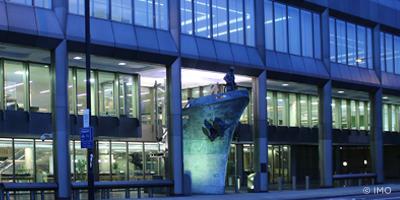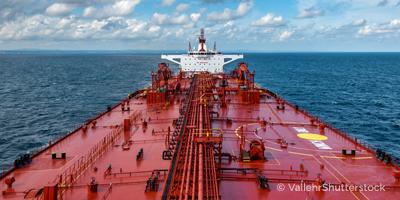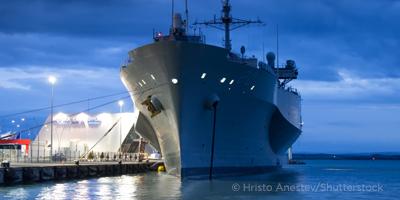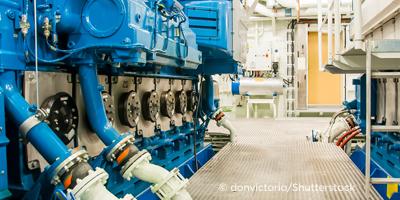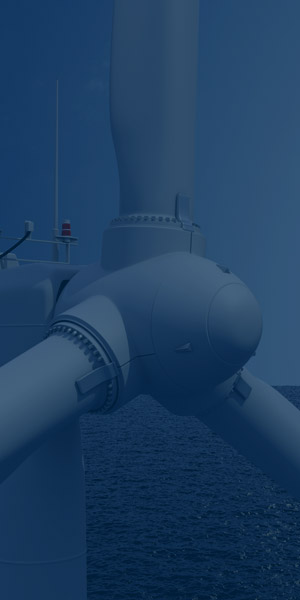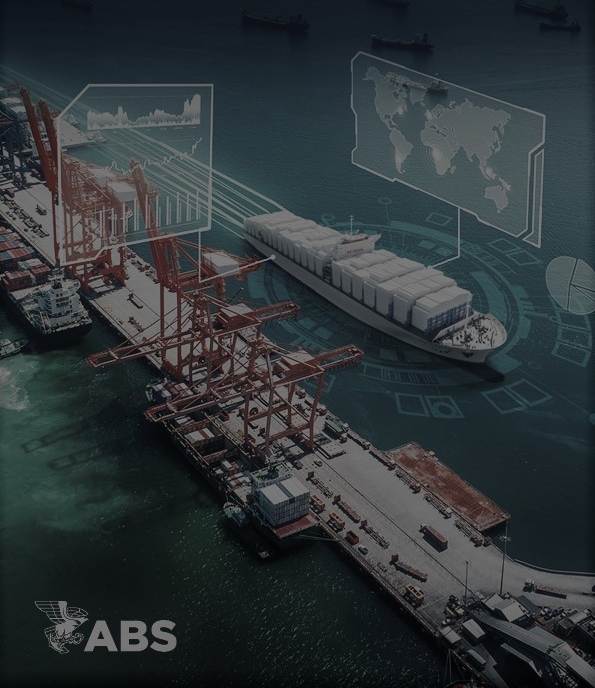Quick Links
- Rules and Resources
-
Services
Quick Links
Offshore- Production
- Offshore Support Vessels
- Exploration
- Offshore Wind Projects
- Offshore Wind Vessels
- Subsea Solutions
- Offshore Sustainability
- Offshore Space Support
- Floating Production Storage and Offloading (FPSOs)
- Offshore Energy Production
- Offshore Aquaculture
- Subsea Mining
- Novel Concepts and New Technologies
- Offshore Decommissioning
Sustainability and Decarbonization- Energy Efficiency Existing Ship Index (EEXI)
- Sustainability Reporting and Assurance
- Simulation-based Energy Efficiency Evaluation Service (SIM EEE)
- Greenhouse Gas (GHG) Rating Improvement
- Greenhouse Gas Inventory and Carbon Accounting
- Carbon Capture, Utilization, and Storage (CCUS)
- Alternative Fuel Options
- Alternative Power Sources
- Marine Sustainability
- Offshore Sustainability
- Green Shipping Corridors
- Methanol Value Chain
- Gas
- Carbon Intensity Indicator (CII)
- Ammonia Value Chain
- Carbon Diligence Platform
- Innovation and Technology
-
News and Events
Quick Links
-
About
Quick Links
- Rules and Resources
- Services
- Innovation and Technology
- News and Events
- About Us and Careers
- Rules and Resources
- Rules and Guides
- Regulatory Updates
- Advisories and Debriefs
- Flag and Port State
- Engineering Software / License
- Engineering Reviews
- ABS MyFreedom™ Portal
- Databases
- Forms
- Services
- Classification
- Approval and Certification
- Company and Ship Audits
- Global Marine
- Global Offshore
- Global Government
- Sustainability and Decarbonization
- Digital Solutions
- Cybersecurity
- Maritime Training
- Innovation and Technology
- Technology Advancement
- Academic Engagement
- Industry Partnerships
- Data and Digitalization
- Knowledge Center
- About Us and Careers
- Who We Are
- Safety
- Careers
- Contact Us
Subsea Processing Systems

ABS Subsea Processing Systems Advisory
Provides an overview of the SPRS and associated sub-systems that are currently available and addresses its current technology maturity level.
UNLOCKING THE NEXT FRONTIER IN DEEPWATER PRODUCTION
Deepwater production remains an essential part of the global energy mix and economically viable projects continue to progress. To maintain competitiveness, the offshore industry continually evaluates ways to optimize system designs and streamline operations with OPEX/CAPEX-reducing solutions. Subsea processing systems (SPRS) are increasingly being considered as a cost-effective solution for both brownfield (mature) and greenfield (new) developments given its various benefits.
The benefits of an SPRS include the potential for reducing CAPEX and OPEX associated with topside facilities, increased design flexibility, improved recovery and production rates, extended field life, reduction of flow assurance problems, debottleneck of topside water treatment constraints, reduction of energy consumption for produced water, and minimization of manned operations associated with a topside facility.
The building blocks of a subsea processing system comprise the subsea separation/treatment system, subsea boosting system, subsea (re-)injection system, subsea power transmission and distribution system, and subsea monitoring and control system. Typically, an SPRS will at a minimum include a subsea boosting system and/or separation/treatment system.
As the industry increases reliance on these systems, there are still some technical challenges that need to be overcome before wider adoption is possible. Some of these challenges include the effects of external pressure on SPRS design, long-distance power transmission/distribution, and optimized monitoring and control systems. While the industry is actively addressing these challenges, near-term field applications primarily focus on subsea boosting systems and components for enhanced oil recovery, increasing tie-back distances and extending field life. As part of this effort, ABS is dedicated to supporting the industry by engaging in various R&D activities and industry initiatives to advance the development of subsea processing technologies and their implementation.
ABS is a lead technical participant in the American Petroleum Institute (API) 17X committee that is developing the Recommended Practice on Subsea Pumping Systems as well as other API 17 series committees. ABS collaborated with INTECSEA in the development of the Offshore Magazine poster on 2018 Worldwide Survey of Subsea Processing. This poster is the subsea industry’s most comprehensive summary of activities related to subsea processing operations. ABS is also collaborating on a triparty project carried out at the National University of Singapore (NUS) and funded by the Singapore Maritime Institute (SMI), involving ABS, NUS and University of Houston (UH) to study the Offshore Pipeline Integrity & Risk Due to Natural Induced and Terrain Induced Slug Flow Regime. The study involves the measurement and analysis of the forces and vibration induced by slug flow on pipeline systems.
ABS has developed the Subsea Processing System Advisory that provides an overview of the SPRS and associated sub-systems that are currently available and addresses its current technology maturity level. The advisory also describes the role of ABS as an independent classification society in the verification and validation of subsea processing technologies including new/unproven technologies through the ABS New Technology Qualification services. The advisory is the first in a series of publications planned by ABS over the next few years. Future publications will include guidance notes, advisories and white papers that provide insight on subsea processing technologies.
The ABS Subsea suite of ABS Rules, Guides, Guidance Notes and advisories currently includes:
| Focus | Title |
| Pipeline | Guide for Building and Classing Subsea Pipeline Systems Guidance Notes on Subsea Pipeline Route Determination |
| Riser | Guide for Building and Classing Subsea Riser Systems Guidance Notes on Subsea Hybrid Riser Systems Guidance Notes on Drilling Riser Analysis |
| Subsea Production Systems | Guide for Classification & Certification of Subsea Production Systems |
| Subsea Processing Systems | Advisory on Subsea Processing Systems |
| Technology Qualification | Guidance Notes on Qualifying New Technologies |
| Integrity Management | Guide for Risk-Based Inspection (RBI) for Floating Offshore Installation |
Technology Advancement

© 2024 American Bureau of Shipping. All rights reserved.





